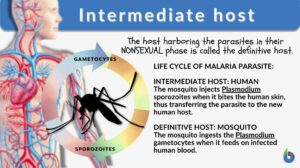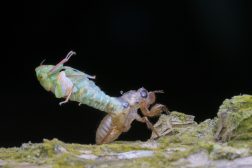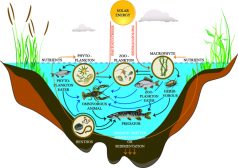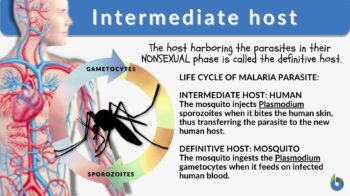
Intermediate host
n., plural: intermediate hosts
[ˌɪntɚˈmidieɪt hoʊst]
Definition: secondary host
Table of Contents
Intermediate Host Definition
When looking at the relationships amongst different biological members of our biosphere, we can notice a myriad of connections, dependences, interlinks, and alliances. Some are mutual while others are parasitic. Additionally, we can also notice some other relationships like commensalism, amensalism, and competition. The common subject among many of these is a “host”, for which the medical definition is:
“a harbouring organism that provides all the hospitality services to a guest organism”
To be specific, we can witness the presence of hosts in three relationships, namely mutualistic, commensalistic, and parasitic. The host plays a vital role in these relationships as it provides the 3Ns:- nutrition (food plus minerals), niche (shelter plus habitat), and nest egg (fund reserve for future)- for the optimal functioning of guest organism/s.
Now, if we try to categorize hosts into five broad groups, the concept clarity would greatly improve. So, before we define intermediate hosts, let’s look at the illustration below to understand how hosts are categorized.

So, in order to understand that among all these categories, what is an intermediate host, we should know what’s the basic difference between a definitive (primary) and intermediate (secondary) host. We should lay emphasis on the fact that these two hosts’ terminologies hold the most relevance when we are talking primarily about “parasite-host relationships”!!
Table 1. Definitive host vs. intermediate host | |
|---|---|
| Definitive Host | Intermediate Host |
| It is that host that harbors the sexually active phases of the parasite. | It is that host that harbors the non-sexual (reproductively/sexually immature) phases of the parasite. |
| Also called the “primary” host. | Also called the “secondary” host. |
| Site of sexual reproduction for the parasite. (So, if asked, a definitive host harbors which stage of a parasite… it’s the sexually-mature adult stage!) | Site of asexual reproduction for the parasite. |
| Parasite spends a longer duration of its life cycle in this host. | Parasite spends a shorter/transient duration of its life cycle in this host. |
| Parasites’ gamete fusion and zygote formation happen in this host. | Parasites’ sexual differentiation happens in this host. |
| Examples: a) Plasmodium is a malarial parasite causing malaria. b) Dirofilaria immitis is a heartworm parasite causing dirofilariasis. c) Wuchereria bancrofti, Brugia timori and Brugia malayi are nematode parasites causing lymphatic filariasis. | a) Intermediate Host= Humans b) Intermediate Host= Mosquito c) Intermediate Host= Mosquito |
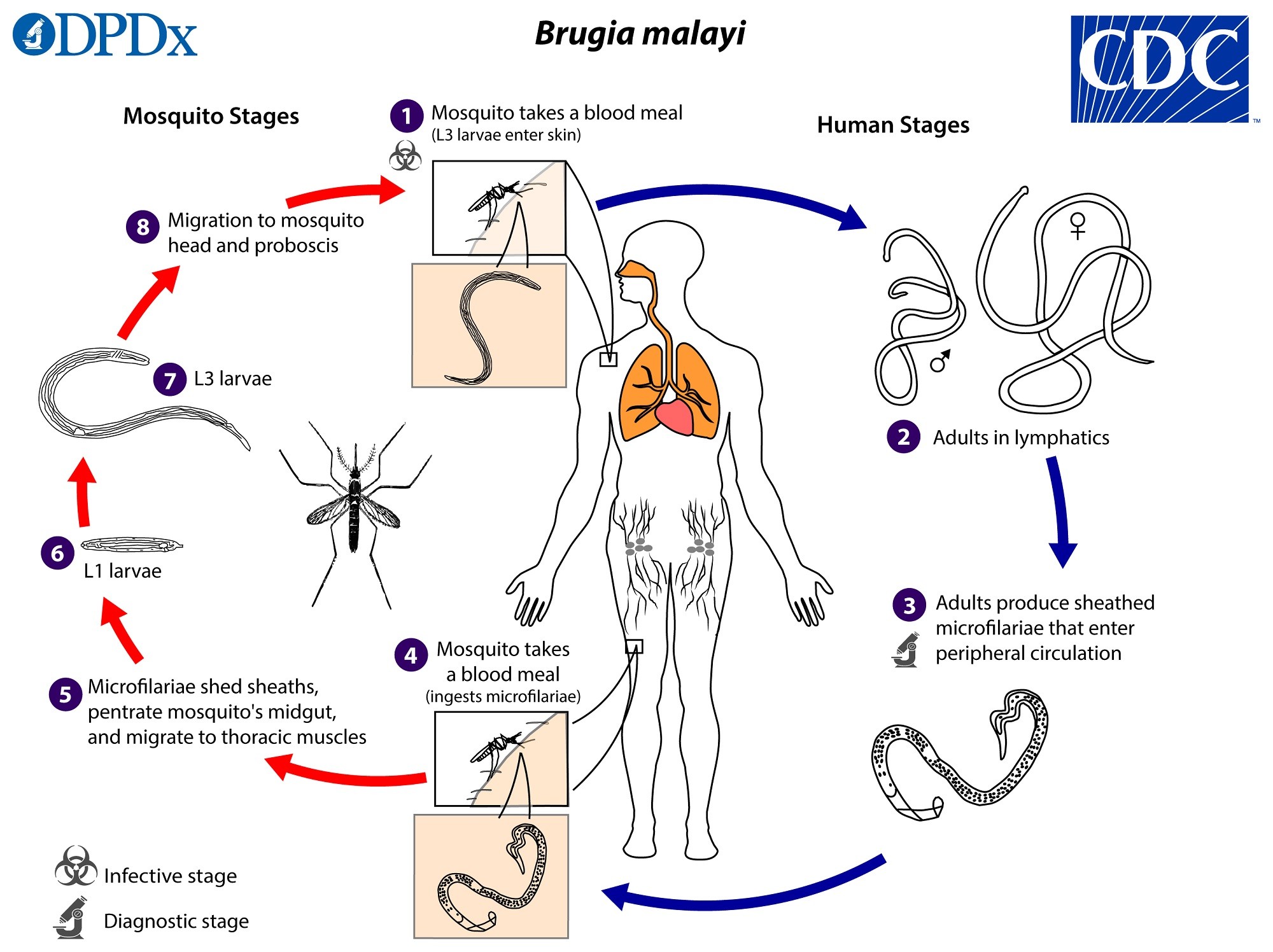
So, in short, the definition of an intermediate host in biology goes by this:
“an obligate host-cum-vector for a parasite where it stays transiently in its asexual phase of life”
Now that we have understood the concept of intermediate hosts and their importance in the lives of parasites, let’s take a look at host-parasite evolution.
Biology definition:
Intermediate host is the host harboring a parasite that primarily grows but not to the point of reaching (sexual) maturity. An intermediate host often acts as a vector of a parasite to reach its definitive host (where it will become mature). Thus, the intermediate host serves only as a site wherein the parasite spends a particular developmental stage of its life cycle (i.e. larval stage).
Example: tapeworm using a pig as intermediate hosts. When the pig ingests its egg, the egg hatches and the larva moves from the intestine to the muscle to form a cyst. Human (definitive host) ingesting a partially cooked or raw meat containing the cyst will harbor the parasite when the larva moves out of the cyst and grows into its mature and begin to reproduce inside the human host.
Synonym: secondary host. Compare: definitive host
Intermediate Host: Host-Parasite Coevolution
There are selective pressures on both hosts and parasites that are “reciprocal” in nature. In order to escape the parasitism and resources’ extraction plus exhaustion by parasites, the host develops some adaptations. Simultaneously, the parasite in order to keep its nourishment and shelter needs secure, also develops certain adaptations. These adaptations are “reciprocal/antagonistic” ones and this sort of never-ending evolution is called coevolution. None of the species gives up, rather they keep adapting, evolving, and proliferating simultaneously down the evolutionary timelines.
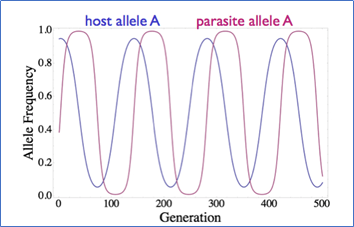
Intermediate Host Examples
Some examples of intermediate hosts are shown in Table 2.
Table 2: Parasite and their intermediate host(s) | |
|---|---|
| Parasite | Intermediate Host |
| Plasmodium | Humans |
| Dirofilaria immitis | Mosquito (Aedes spp., Culex spp., Anopheles spp., Mansonia spp.) |
| Wuchereria bancrofti, Brugia timori & Brugia malayi | Mosquito (Culex spp., Aedes spp.& Anopheles spp.) |
| Liver Flukes (Clonorchis, Opisthorchis) | Fish of Cyprinidae family (carps and minnows) |
| Tapeworm (Taenia solium) | Humans, Cow, Pigs |
| Schistosoma mansoni | Freshwater snails (Biomphalaria spp.) |
| Toxoplasma gondii | Many mammals and birds |
| Trypanosoma cruzi, Trypanosoma gambiense | 2 intermediate hosts: a) Invertebrate host (Triatomine insects like tsetse fly- Glossina palpalis) b) Vertebrate host (Humans) |
| SARS-CoV Virus | Masked palm civet |
| MERS-CoV Virus | Dromedary camel |
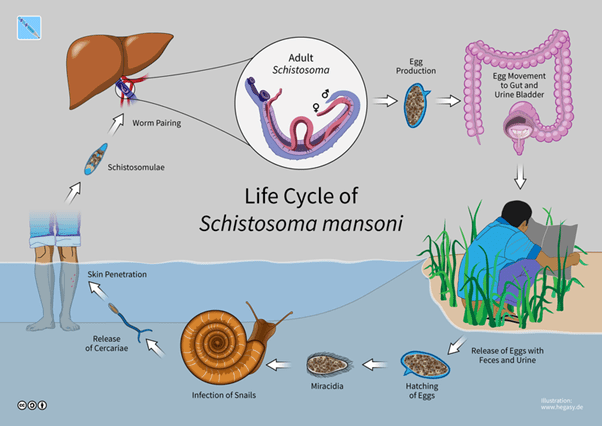

Recent Search for Intermediate Host of SARS-CoV-2 virus
A highly controversial topic of the present time is the search for the intermediate host of the SARS-CoV-2 virus that has wreaked havoc across the globe since December 2019. The “Corona Virus Pandemic” or “Covid Pandemic” has charged up the research and scientists far and wide are looking into the possible intermediate host organism/s of this virus.
Bats are the natural reservoirs for this virus but even to date we are not aware and just speculating about how this virus evolved and then transmitted from bats to humans. The search for an intermediate host here will resolve a whole lot of mystery around the “spillover event” that might have resulted in this deadly spread. Wet markets and the trade of exotic mammals like pangolins have been under check and scrutiny since then. (Zhao 2020, Friend 2021)
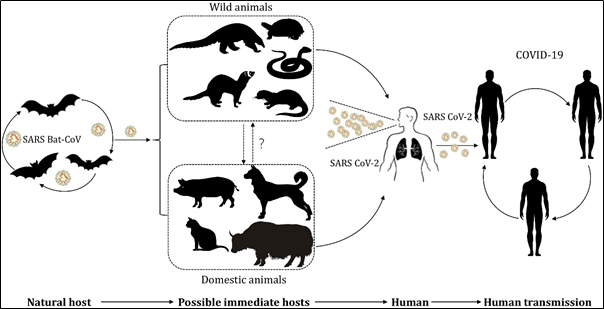
Interesting Fact
IS YOUR MEAT PROPERLY COOKED???
Usually, we see that the definitive host and intermediate host are different for each parasite. But shockingly for roundworms of the Trichinella genus, both hosts are the same after the point of infection. This is a deadly combination because the organism becomes a breeding ground and hotbed of parasites in this situation…
The digestive tract of the host serves as the “definitive host site” while the skeletal muscles of the host act as the “intermediate host site”. Trichinella causes trichinosis infecting majorly lymph nodes, the retina of the eye, and the myocardium of the heart.
The most common cause of trichinosis in humans is the consumption of raw, uncooked meat. Therefore, if the meat has cysts of Trichinella and it’s not cooked properly, the parasite would surely try to reach out to the skeletal muscles and make a permanent settlement in the host’s body until it’s eaten completely; INSIDE OUT!!

Try to answer the quiz below to check what you have learned so far about intermediate hosts.
References
- CDC- Centers for Disease Control and Prevention https://www.cdc.gov/parasites/lymphaticfilariasis/disease.html
- Fried B., Huffman J.E. (2017) Helminthic Diseases: Foodborne Trematode Infections. International Encyclopedia of Public Health (Second Edition), 561-567 https://doi.org/10.1016/B978-0-12-803678-5.00204-6
- de Wit, E., van Doremalen, N., Falzarano, D., Munster, V. J. (2016). SARS and MERS: recent insights into emerging coronaviruses. Nature Reviews Microbiology. 14: 523–534. doi: 10.1038/nrmicro.2016.81
- Zhao J., Cui W., Tian B.P. (2020) The Potential Intermediate Hosts for SARS-CoV-2. Frontiers in Microbiology, 11(580137) doi: 10.3389/fmicb.2020.580137
- Friend T., Stebbing J. (2021) What is the intermediate host species of SARS-CoV-2? Future Virology. doi: 10.2217/fvl-2020-0390
©BiologyOnline.com. Content provided and moderated by Biology Online Editors.

